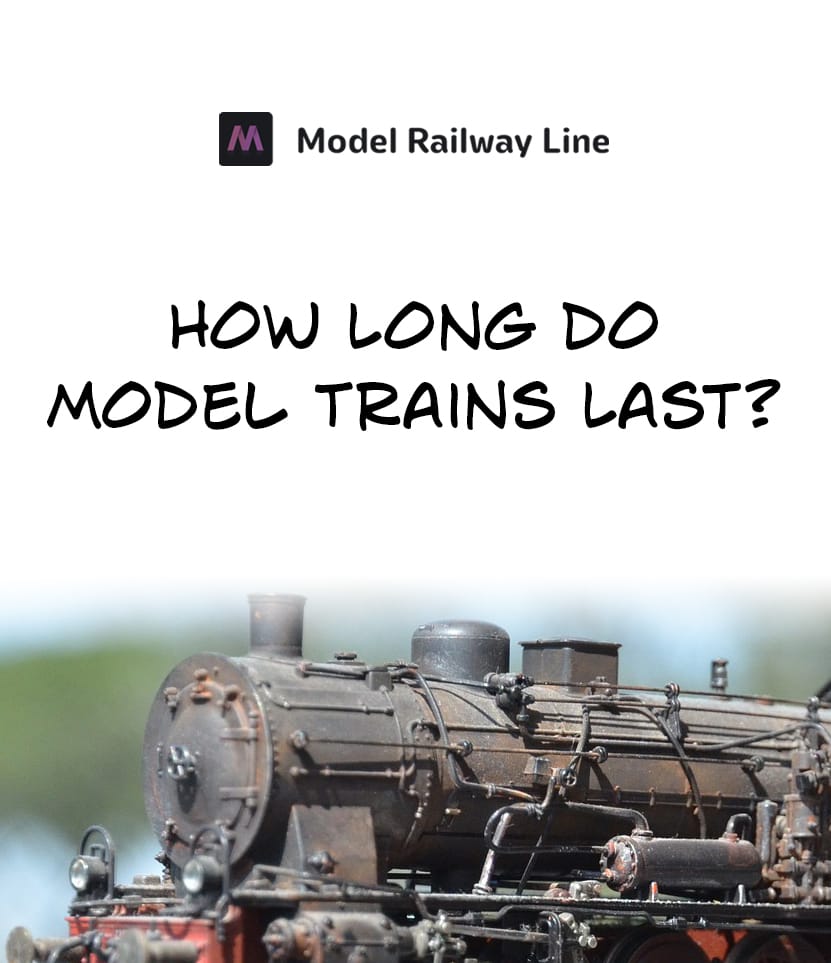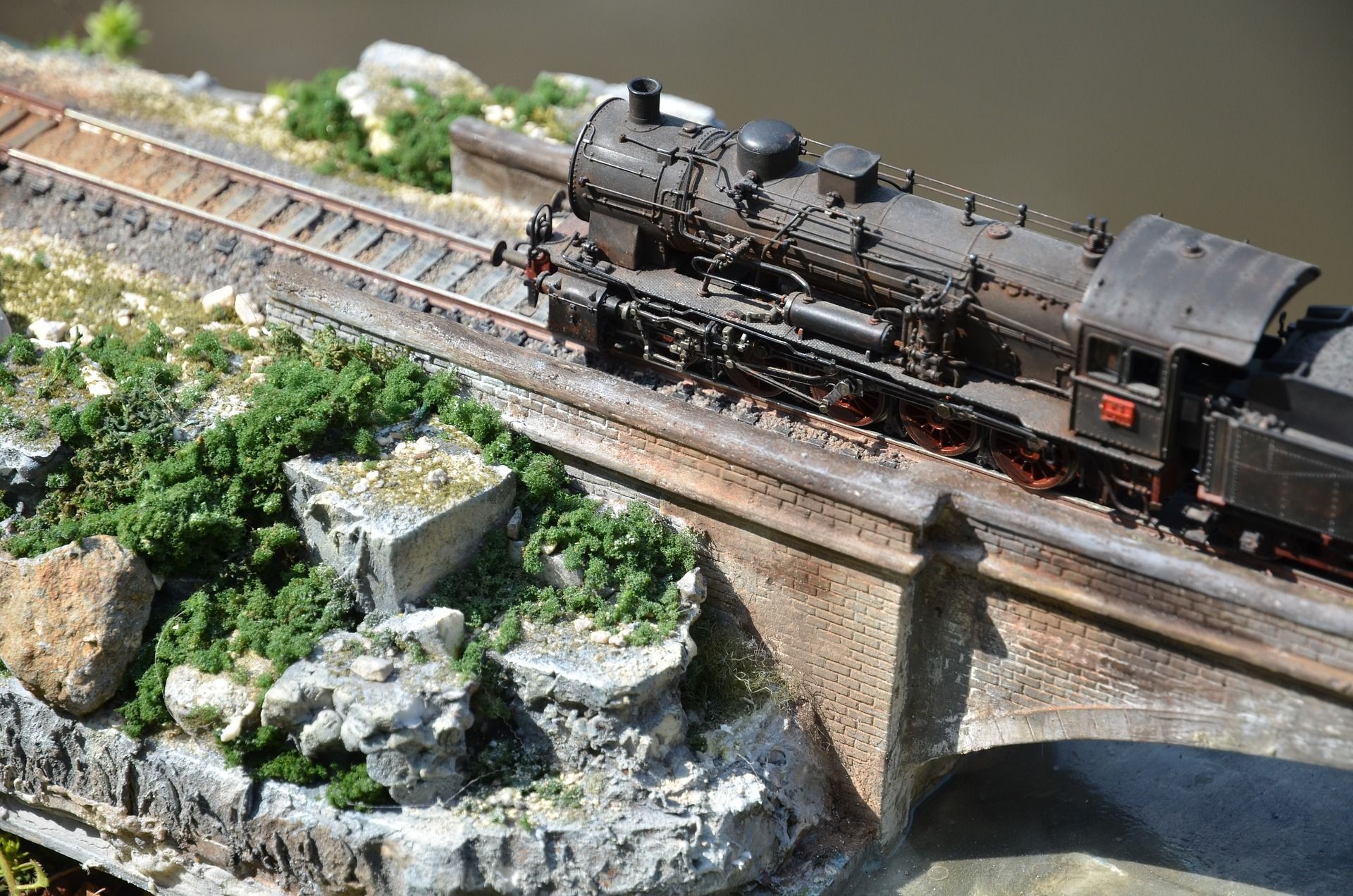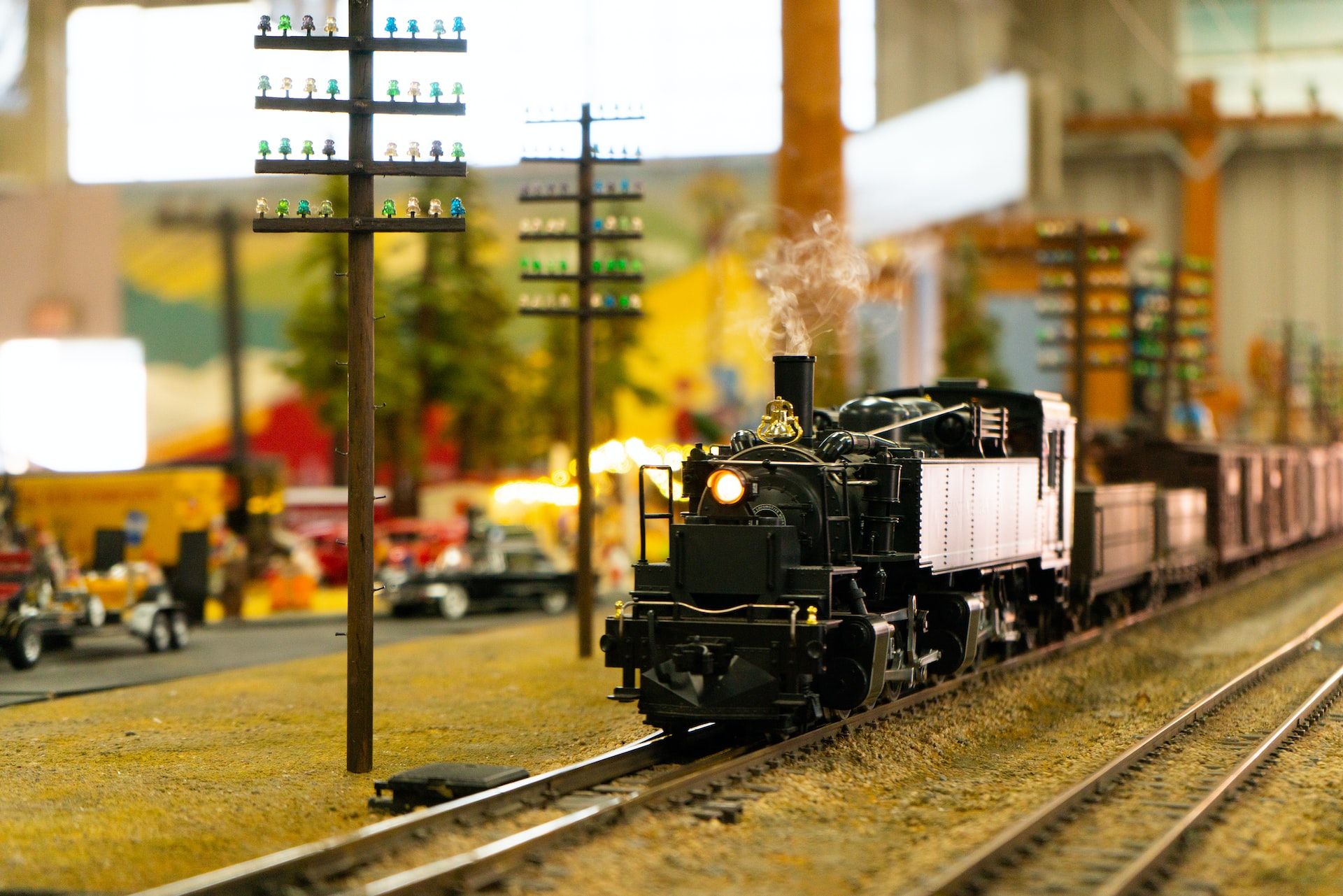How Long Do Model Trains Last?
Discover how long a model train can run for whilst taking into account maintenance and operating considerations that affect the longevity of your rolling stock.

So, you've finished building a model train layout or have just setup your first train set and are now excited to put some rolling stock on the tracks and run some trains. But how long do model trains last and for how long can you actually run them safely?
There's a few factors that we'll need to consider when looking at this, ranging from how they're stored, to maintenance and cleaning considerations. However, first let's start with an overall summary of how long model trains last.
Most model trains from the well known manufacturers are usually able to last for many generations providing the appropriate operating and maintenance procedures have been followed and they've been stored correctly when not in use.
In this guide we'll also take a look at the maximum time that you can run a model train continuously, as this is going to have an effect on the overall longevity of a model train.

How long can you run a model train?
Most model trains are able to be run continuously for up to 6 hours without experiencing any problems. However, some specialist or industrial train sets are often capable of running for days, weeks, or even months, without stopping.
It's important to note that this is only a general rule and the actual length of time that a model train is able to be run for is going to be dependent on a few factors:
Power and incline
The amount of power that a model train motor uses is going to have an effect on the length of time that it's able to be run for.
Increased power means more load on the motor and additional strain on the internal components and gearing. Also, be aware that for steeper track gradients this will cause more power to be used.
A by-product of these high loads is the production of heat. When operating model trains you should regularly check to see whether they're getting hot. If they are then it's usually a good idea to allow them to rest and cool down in order to prevent any permanent damage occurring.
Age of manufacture
Generally, the older a model train is the less time you're able to continuously run it. Older train set motors are often less efficient than modern standards, which results in a reduced maximum run time.
Modern production of model trains has brought significant advances in motor technology to the industry. This means motors with greater efficiency and reliability are now being produced, resulting in higher maximum run times.
To illustrate this point, you would have no problems (providing there weren't any underlying faults) continuously running a modern Bachmann or Hornby train for 6 hours continuously, but you wouldn't want (or even consider attempting) to run a 60 year old model locomotive for that length of time. The difference in technology is simply too great.
Maintenance and cleaning
Regular maintenance is an important factor in keeping a model train motor in a good condition, in addition to helping reliability and longevity.
If a train set has been maintained regularly this is likely to facilitate longer running times. Conversely, if a poor standard of maintenance has been followed it's going to mean reduced maximum run times.
It's also important to regularly clean your model trains to remove any dust or other particles that could lead to overheating when running the trains for extended periods.
History and past care
If you've purchased a used train set on a marketplace or auction website you'll likely have no guarantee that the previous owners have treated the model with the appropriate care and maintenance.
For this reason, it's advised to either reduce the maximum continuous run time on used locomotives or to get them thoroughly serviced before running.
This will help mitigate the potential issues associated with periods of lengthy running.

When deciding how long to run a model train the most important points to keep in mind are:
- Always follow the guidance from the manufacturer, including any instructions relating to maximum run times and speeds.
- Keep to the recommended maintenance schedule and get regular servicing, when required.
What happens if you run a model train too long?
If a model train is run continuously for too long then a greater level of strain will be placed on the internal motor components and drivetrain. This is likely to cause overheating.
Some modern model trains have small built-in heat sensors that will automatically cause the train to stop working if the operating temperature gets too hot. This is done to prevent damage to the motor.
For older model trains this feature is unlikely to be present, meaning you run the risk of causing long term motor damage if you run the train too long.
Therefore, it's always important to check the temperature of your rolling stock when operating trains on your layout so that the risk of causing any damage is mitigated.
Do model trains need to be run in?
You should run in model trains for 30-60 minutes, in both forward and backwards directions, at a moderate speed to ensure that the mechanism and gears are lubricated and operating correctly. This will increase the long term reliability of the motor and components.
'Running in' model trains is considered good practice and should always be undertaken whenever you first obtain a new locomotive.
It's also worth doing if you're attempting to run a model train that's been sitting in a box for an extended period of time - it'll need running in so that the mechanism can get up to speed and the components lubricated.
Most model railroad manufacturers recommend running in their trains for between 30 - 60 minutes in both directions.
Correctly running in your model train is an often overlooked step that's a key preventative maintenance step that will help to ensure long term reliability.
How do you maintain model trains?
Regular preventative maintenance is always the best way of minimizing problems with your model train layout.
It's important to clean model train wheels to promote smooth running. Ensure they're free from any dust, lint and grime.
Also remember to take care of your tracks. Clean model railroad track will allow your locomotives and rolling stock to efficiently and reliably pick up power from the rails.
Summary
With proper care and maintenance a model train should last for many generations, providing it's stored correctly.
The maximum time that a train set can be continuously run for is usually 6 hours. However, this is dependent on many factors, including the age of the motor, the method of manufacture, the steepness of the track gradient, and the length of the consist being pulled.
If you run a model train too long you run the risk of the internal components overheating causing the locomotive to lose power and stop. This will also increase the chance of more serious issues occurring in the future.
Always ensure that manufacturer guidance is followed and if your trains are getting too hot, you should give them a rest and allow them to cool down. How long model trains last will often be determined by this factor.
Check out our guides to model railroad cleaning and maintenance which will give you additional tips and tricks to help your model trains operate reliably.

